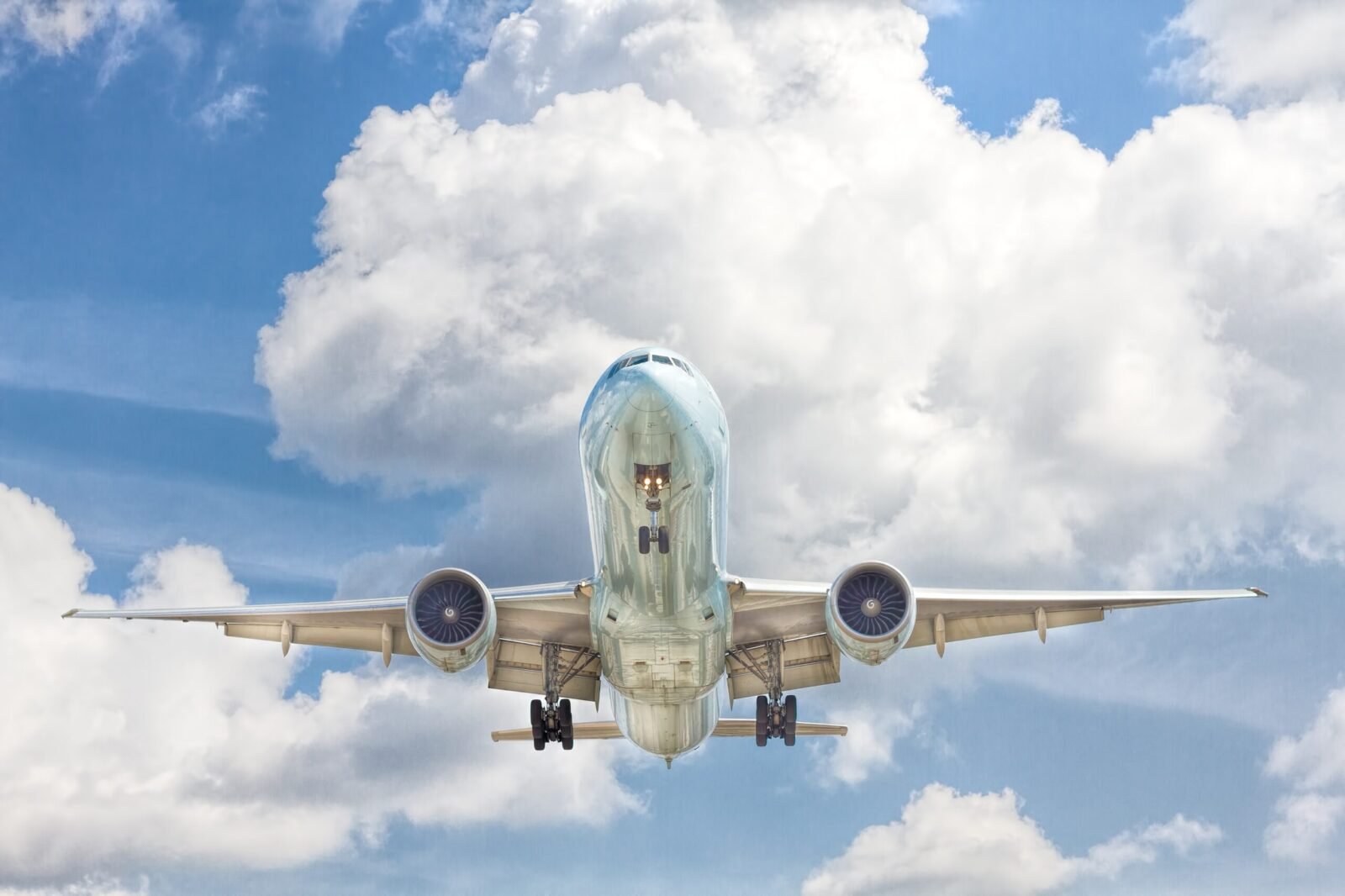Introduction
When it comes to air travel, choosing the right seat can make a big difference in your overall comfort and enjoyment of the flight. Whether you’re a frequent flyer or an occasional traveler, taking the time to select the best seat for your needs can enhance your travel experience. In this article, we’ll share some tips to help you make an informed decision and choose the right seat on your next flight.
1. Consider your preferences
Before you start selecting a seat, think about your personal preferences. Do you prefer a window seat to enjoy the views or an aisle seat for easy access to the restroom? Are you tall and need extra legroom or do you want to be closer to the front for a quicker exit? Understanding your own preferences will help you narrow down your options.
2. Check the seat map
Most airlines provide seat maps on their websites that allow you to see the layout of the aircraft and the available seats. Take advantage of this feature and study the seat map before making your selection. Look for seats with extra legroom, proximity to the restroom, or any other specific requirements you may have.
3. Consider the type of aircraft
The type of aircraft you’ll be flying on can also impact your seat selection. Different aircraft models have varying seat configurations, so it’s important to do some research beforehand. For example, some planes have a middle seat in the business class section, which may not be ideal if you prefer a window or aisle seat.
4. Check for seat reviews
There are several websites and forums where travelers share their experiences and reviews of different seats on various airlines. These reviews can provide valuable insights into the best and worst seats on a particular aircraft. By reading seat reviews, you can avoid seats that are uncomfortable or have limited recline.
5. Consider the duration of the flight
The length of your flight should also be taken into consideration when choosing a seat. For shorter flights, you may be able to tolerate a less comfortable seat, but for long-haul flights, it’s worth investing in a seat that offers more legroom or recline. Consider your comfort needs and choose accordingly.
6. Be mindful of exit rows
Exit row seats are often coveted for their extra legroom. However, it’s important to note that these seats come with certain responsibilities. Passengers seated in exit rows may be required to assist in an emergency evacuation, so make sure you are physically capable and willing to fulfill these duties before selecting an exit row seat.
7. Avoid seats near high-traffic areas
Seats located near the galley, restrooms, or the entrance/exit doors can be noisy and disruptive. If you prefer a quieter and more peaceful flight, it’s best to avoid these high-traffic areas. Look for seats further back in the cabin where there is less foot traffic.
8. Consider seat fees
Some airlines charge additional fees for certain seats, such as those with extra legroom or preferred locations. Before making your selection, check if there are any seat fees and decide if the extra cost is worth it for you. Keep in mind that some airlines offer complimentary seat selection within a certain time frame, so it’s worth checking their policies.
Conclusion
Choosing the right seat on a flight can greatly enhance your travel experience. By considering your preferences, studying the seat map, checking for seat reviews, and being mindful of the aircraft type and duration of the flight, you can make an informed decision. Remember to also factor in seat fees and avoid high-traffic areas for a more comfortable and enjoyable journey. Happy travels!

